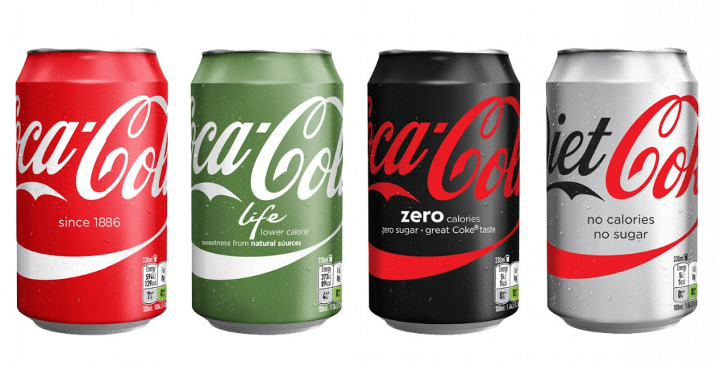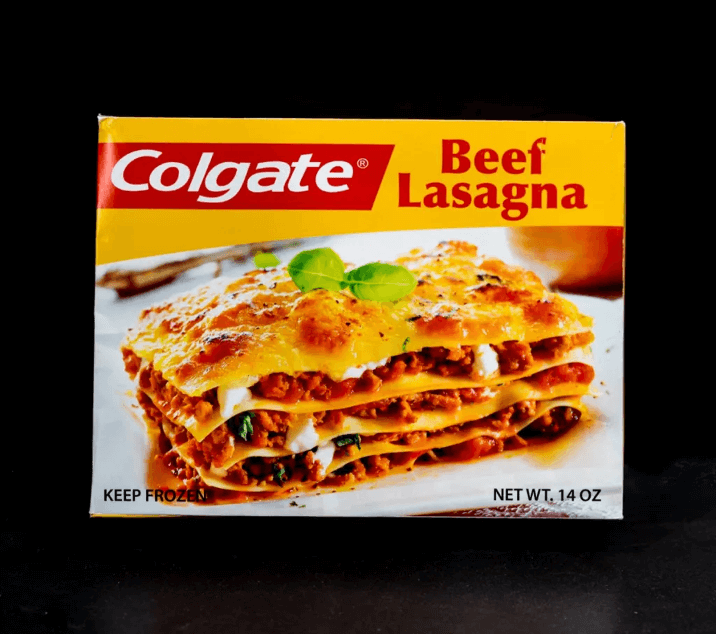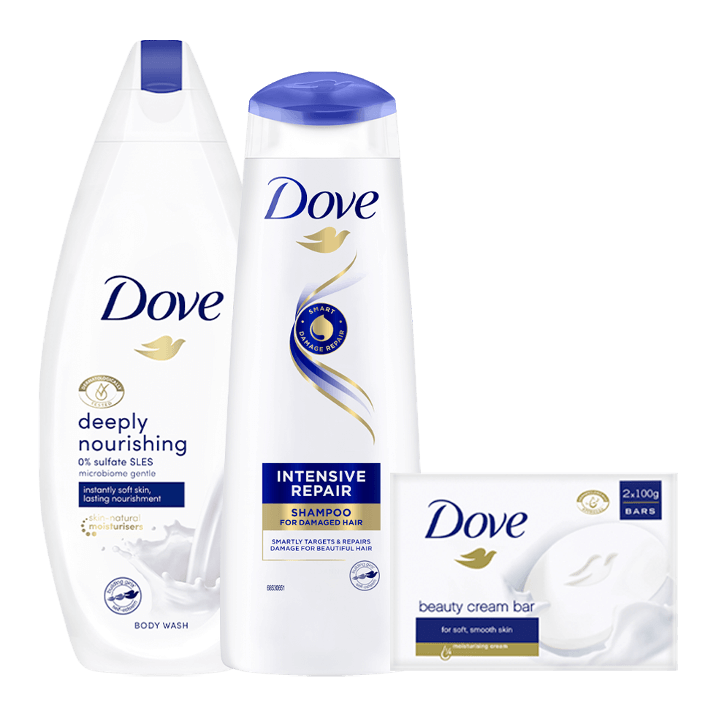What is brand extension?
Brand extension – sometimes called “brand stretching” – is when a business uses one of its existing names for a new product line or type. This growth helps a brand to stretch out in new directions, but carries over the brand’s existing brand equity to instill customer trust and continue building on current brand loyalty. It can be a great way to reach new audiences, find new customers and increase sales when done right.
However, it’s more than taking an established brand name and attaching it to a new product. There are multiple types of brand extension within the architecture, and just using the same core brand name doesn’t automatically mean that a new offering will be a success.
Read on to understand how to create successful brand extensions, learn which strategies to employ, and see brand extension examples.
Why is brand extension so pivotal for businesses?
There are several reasons why a brand extension is a pivotal part of business growth.
Brand extensions have a higher chance of success than new launches
According to Nielsen, consumer goods companies that utilise a brand extension can be up to five times more successful than a new brand launching their offering. It’s less costly to launch something with an existing brand’s backing, design, and packaging, for example, than to launch a fresh flagship product with a new brand.
Customers are willing to pay more for trusted brand products
A brand extension is a viable way of increasing the reach of a trusted business, from expanding an existing product line to appealing to other audiences with a new product. Around 45% percent of consumers said they were willing to pay more for a similar product if it came from a brand they trusted, and about 59% of shoppers would prefer to buy new products from a brand they’re familiar with.
It makes brands more competitive
Not only will customers be more likely to buy from a brand they trust, 69% will continue to buy a product from a trusted brand even if a competitor is getting better reviews. Expanding what you offer to your customer base with a brand extension means that you’re able to make yourself more competitive, whether that’s in new categories or in your existing product line.
Growing your brand in the experience age
What do you need for a successful brand extension?
A successful brand extension strategy has a few elements involved that take it from a risky venture to a more sure-fire hit.
A strong brand image
Your brand image needs to be strong enough that consumers buy into the new product or service you’re offering. A recognisable brand image will help your audience accept new products because the look and feel is already familiar to them. They’ll be more likely to choose your new product over non-branded alternatives because they recognise your brand style. Make sure your marketing strategy highlights what the customers already trust and like about your brand.
A great brand reputation
If you don’t have an established brand name, what incentive does a customer have to trust a new, potentially very different product from the same brand? A technology company such as Google or Samsung is able to expand into new markets because it has built a brand reputation that implies reliability and technological expertise. This existing brand equity is vital for a successful brand extension.
Your brand reputation could easily be diluted or damaged by a bad product, so ensure that whichever way you choose to launch something new, you’re building on your reputation.
Data to drive your strategy
A great brand extension won’t happen overnight. You’ll need the right insights to plan such a large endeavour. By gathering all the pertinent info beforehand on how your target segments will react and what perceptions they might have, you can of course correct before any new brand messaging goes live.
Then, once you’ve launched the brand extension you’ll also want to measure how your brand perceptions have changed. Getting periodic, consistent feedback will help you know how things are changing over time as you dial up or down the resources you invest in the new brand activities.
See how Qualtrics BrandXM™ boosts your brand strategy
Types of brand extensions with brand extension examples
There are several different types of brand extensions you can employ to expand your brand. They are explained below with real-world brand extension examples to help you understand how each might impact your brand.
Brand line extension
In this type of brand extension, a parent brand creates a new product offering of a type they already offer. A line extension is likely the least challenging type, as it doesn’t involve creating a new product category and can use a similar marketing strategy to its other products of the same type.
Example of line extension: Coca-Cola expanding from its original flavour to Coke Zero, Diet Coke and more.

Complementary product extension
Rather than offering a product in the same category, this type of brand extension involves the creation of new categories or a new line that works alongside the existing product. A companion product can help to recapture audiences already interested in the core brand and also tempt new demographics to buy in.
Example of complementary product extension: Adidas expanding from a sports shoe company to a sports apparel brand, or Dove, which expanded from soaps to general hygiene products such as deodorants.
Customer base extension / Customer franchise extension
In this type, a brand extends its reach by creating new product categories for its already-specified demographic. They’re not complementary products, but they will be of interest to the same audience as the existing offering.
Example of customer base extension: Dyson expanding from high-tech vacuum cleaners to high-powered fans.

Company authority extension / Company expertise extension
Businesses that have become an authority in their sector can launch new products or services in an area in which they don’t currently operate and transfer that reputation to their new product category. This requires a strong established brand image, and the ability to leverage customer trust in the current offering.
Example of company authority extension: Apple moving from a trusted tech business providing home computing solutions to selling mobile phones, headphones and other technology.
Brand Lifestyle Extension
This type of extension departs from the brand’s current area of expertise and leverages popularity to launch a lifestyle product. This can strengthen a brand’s image and associations in the minds of consumers, or simply leverage a brand’s popularity to make sales.
Example of brand lifestyle extension: Drink company Red Bull hosting extreme sports events, or actor Ryan Reynolds purchasing and promoting Aviation Gin.

Established brand extension strategies: suggestions for success
Choose the right brand extension strategy for your needs
The right brand extension strategy will avoid brand dilution and build on a strong brand identity. Choosing which type of brand extension to go for will require a good look at the outcome you’d like to achieve.
For example, a vertical brand extension – such as a brand line extension – is a relatively simple approach to selling into the same audience. If you have an engaged following, existing customers won’t find it unreasonable to buy similar products with the same brand name. This can be a faster way to better sales, without having to develop a new flagship product.
A horizontal brand extension – such as a company authority extension – can be more of an undertaking but for a brand that’s exhausted the pipeline of current customers, this can be a great way to open the business up to new audiences.
Research your market thoroughly
There are plenty of examples of unsuccessful brand extensions out there. Most of the time, brands run into problems because they ask too much of their customer’s trust, or stretch past the acceptable limits of the associations consumers make with their brand.
For example, toothpaste company Colgate’s attempt to move into the food industry with a hot meal product line (Colgate Kitchen Entrees) fell very flat. This was likely because a consumer base that was accustomed to using Colgate’s minty cleaning products in their bathroom weren’t able to make the mental jump to eating food made by the same brand.

Doing market research beforehand to understand why customers chose Colgate—the experiences with the brand they valued and what type of products they’d be open to trying—may have helped to dissuade the company from making an ill-advised, expensive brand extension.
Questions to answer can include:
- Why is your brand unique?
- What does the brand promise and deliver to its customers?
- How do customers feel about your brand?
- What does the brand currently not provide? What new products would be appealing?
- What is the perception of your brand in the wider market?
Don’t use it a fix for a floundering brand
If you’re looking to turn a struggling brand’s success around, a brand extension is a risky strategy. Launching something new might seem like it makes logical sense when your initial traction fades, but it can be an expensive venture that has a high risk of failure. Focusing on your current stable of products or services and optimising them for success will be more likely to bring ROI.
How Qualtrics powers your brand extension strategy
No matter the types of brand extension you’re planning, you’ll need to know the impact it will make on your brand. Qualtrics BrandXM allows you to capture, analyse, and take action on feedback in real-time, giving you unrivalled control over your brand experience.
Try Qualtrics BrandXM
